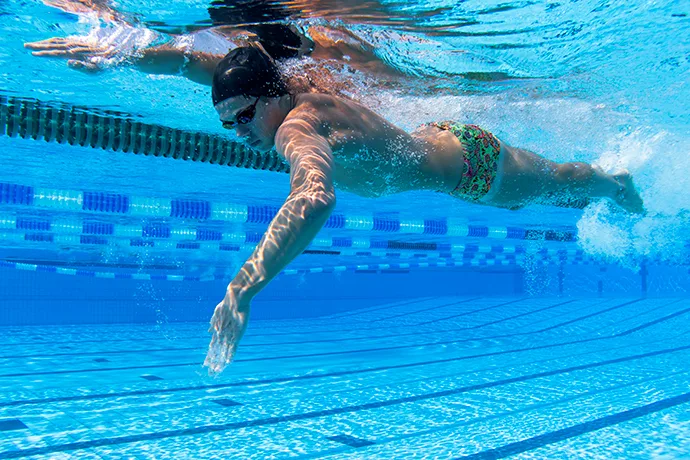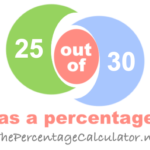How to Swim Faster: A Comprehensive Guide
Swimming is a fantastic full-body workout that not only builds strength and endurance but also provides a refreshing way to stay fit. Whether you swim for leisure, competition, or fitness, improving your speed can enhance your overall experience in the water. This article will provide a detailed guide on how to swim faster, covering techniques, training methods, and tips to maximize your performance.
Understanding the Basics of Swimming Speed
Swimming faster involves two key components: reducing drag and increasing propulsion. Drag is the resistance you encounter while moving through the water, while propulsion refers to the force that moves you forward. To become a faster swimmer, you must learn to minimize drag and maximize propulsion.
The Importance of Technique
1. Body Position
Maintaining a streamlined body position is crucial for reducing drag. A streamlined position keeps your body horizontal in the water, minimizing resistance. Here are some tips to achieve the optimal body position:
- Head Position: Keep your head in line with your spine. Look straight down, which helps keep your hips and legs elevated.
- Hip Position: Your hips should be high in the water. If your hips sink, you will create more drag. Focus on engaging your core to maintain a flat position.
- Leg Position: Keep your legs close together and pointed straight behind you. Avoid excessive kicking, as it can create unnecessary drag.
2. Stroke Technique
Your stroke technique significantly impacts your speed. Here are some key elements to consider:
- Catch Phase: The catch is the initial part of your stroke where your hand enters the water. Focus on entering the water with your fingertips first and extending your arm fully before pulling.
- Pull Phase: During the pull, engage your entire arm, including your forearm and hand, to maximize the surface area moving through the water. Aim to pull water back toward your hips.
- Recovery Phase: Ensure a relaxed recovery phase. Your arm should exit the water smoothly, with minimal splash, and return to the starting position efficiently.
Training Techniques to Improve Speed
1. Interval Training
Interval training is a method that involves alternating between high-intensity efforts and rest periods. This training style can significantly improve your speed and endurance. Here’s how to incorporate interval training into your routine:
- Short Intervals: Swim short distances (e.g., 25 or 50 meters) at maximum effort, followed by a brief rest. Repeat several times.
- Long Intervals: Swim longer distances (e.g., 100 or 200 meters) at a fast pace, with rest intervals that allow partial recovery.
2. Drills
Incorporating specific drills into your training can help refine your technique and build strength. Here are a few effective drills:
- Catch-Up Drill: Swim freestyle but pause your hand at the front of the stroke until the opposite hand enters the water. This drill helps improve your catch and body position.
- Single-Arm Drill: Swim using one arm while the other remains at your side. This drill focuses on your stroke technique and body balance.
- Kickboard Drills: Use a kickboard to isolate your kick. Focus on generating power from your hips and maintaining a streamlined position.
3. Dryland Training
Incorporating strength training and flexibility exercises outside the pool can enhance your swimming performance. Consider the following exercises:
- Core Workouts: A strong core is essential for maintaining body position in the water. Incorporate planks, Russian twists, and leg raises into your routine.
- Resistance Training: Use resistance bands or weights to strengthen your upper body and legs. Exercises like pull-ups, push-ups, and squats can be beneficial.
- Flexibility Training: Stretching and yoga can improve your flexibility, which is crucial for achieving an optimal stroke.
Nutrition and Hydration
Proper nutrition and hydration play a significant role in your swimming performance. Here are some tips to fuel your body effectively:
- Carbohydrates: Carbs provide energy for your workouts. Include whole grains, fruits, and vegetables in your diet.
- Protein: Protein is essential for muscle recovery and growth. Incorporate lean meats, fish, eggs, and plant-based proteins into your meals.
- Hydration: Staying hydrated is crucial for optimal performance. Drink water before, during, and after your workouts.
Mental Preparation
Mental preparation is just as important as physical training. Here are some strategies to enhance your mental game:
- Visualization: Visualize yourself swimming faster and achieving your goals. This technique can help build confidence and reduce anxiety.
- Goal Setting: Set specific, measurable, achievable, relevant, and time-bound (SMART) goals for your swimming. This approach will keep you motivated and focused.
- Mindfulness: Practice mindfulness techniques to stay present during your swims. This focus can help you maintain a positive mindset and improve your performance.
Monitoring Progress
Tracking your progress is essential for improvement. Here are some ways to monitor your swimming performance:
- Time Trials: Regularly time yourself on specific distances to gauge your speed and improvement.
- Training Logs: Keep a training log to record your workouts, including distances, times, and any notes on technique or feelings during the swim.
- Video Analysis: Consider recording your swims to analyze your technique visually. This can help you identify areas for improvement.
Conclusion
Swimming faster is a multifaceted endeavor that involves refining technique, enhancing strength, and maintaining a positive mindset. By focusing on body position, stroke technique, interval training, and nutrition, you can significantly improve your speed in the water. Remember that progress takes time and dedication, so stay committed to your training and celebrate your achievements along the way.
FAQ Section
Q: What is the best way to improve swimming speed?
A: The best way to improve swimming speed is to focus on technique, incorporate interval training, and engage in strength training.
Q: How often should I swim to get faster?
A: Aim to swim at least 3-4 times a week, incorporating a mix of endurance, speed work, and technique-focused sessions.
Q: What drills can help improve my swimming speed?
A: Effective drills include the catch-up drill, single-arm drill, and kickboard drills to enhance technique and strength.
Q: How important is nutrition for swimming performance?
A: Nutrition is crucial for fueling your body and aiding recovery. Focus on a balanced diet rich in carbohydrates, protein, and hydration.
Q: How can I monitor my swimming progress?
A: You can monitor your progress through time trials, training logs, and video analysis to assess technique and speed improvements.
Additional Information
| Topic | Link |
|---|---|
| Swimming Techniques and Training | U.S. Masters Swimming |
This comprehensive guide provides actionable tips and insights to help you swim faster and improve your overall performance in the water. By implementing these strategies, you can become a more efficient and powerful swimmer.



